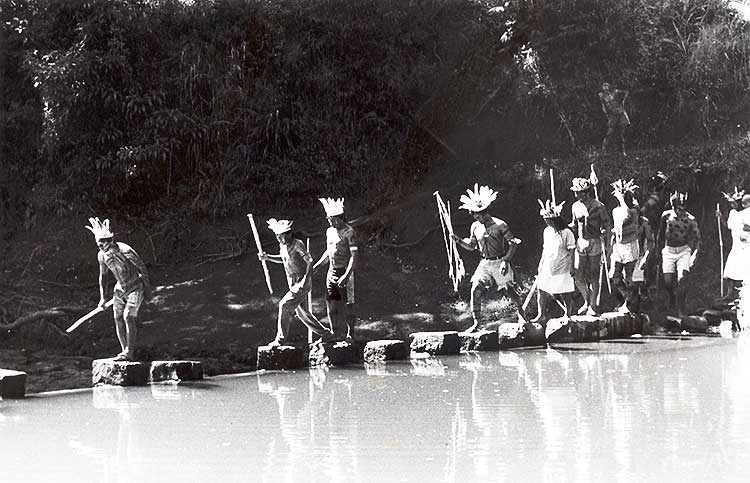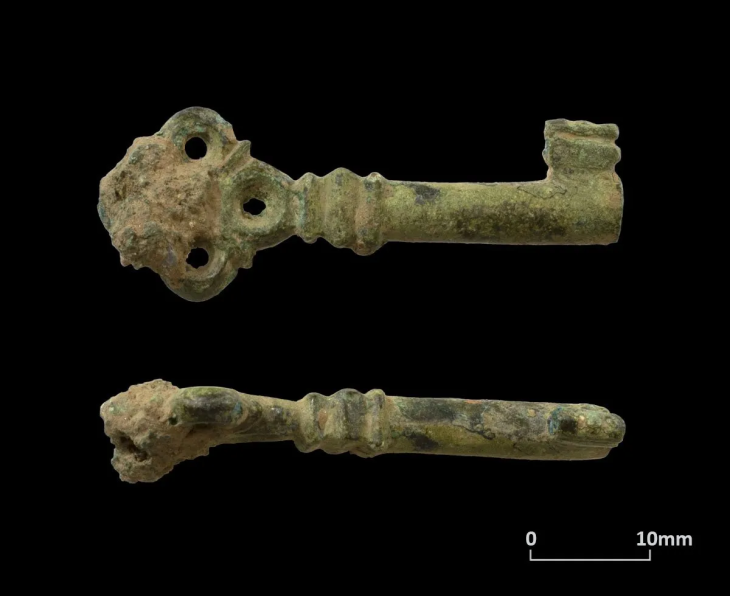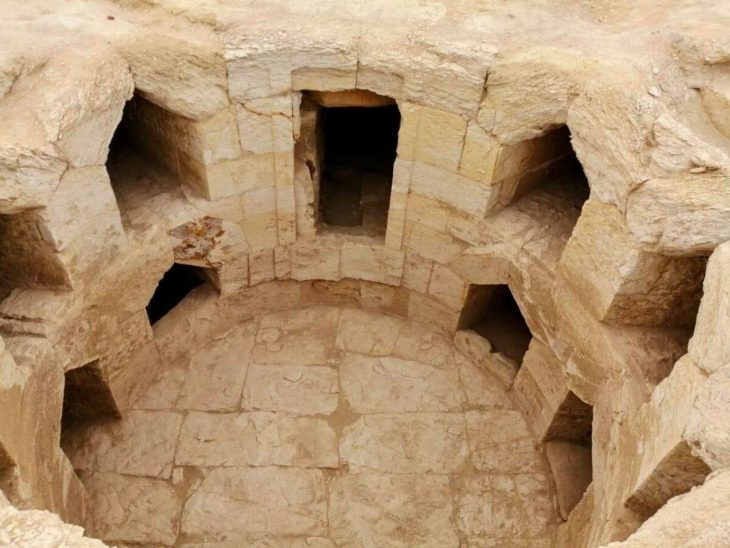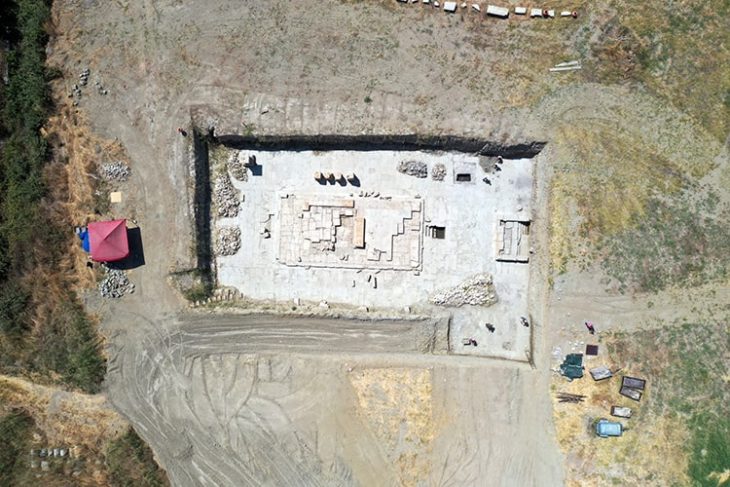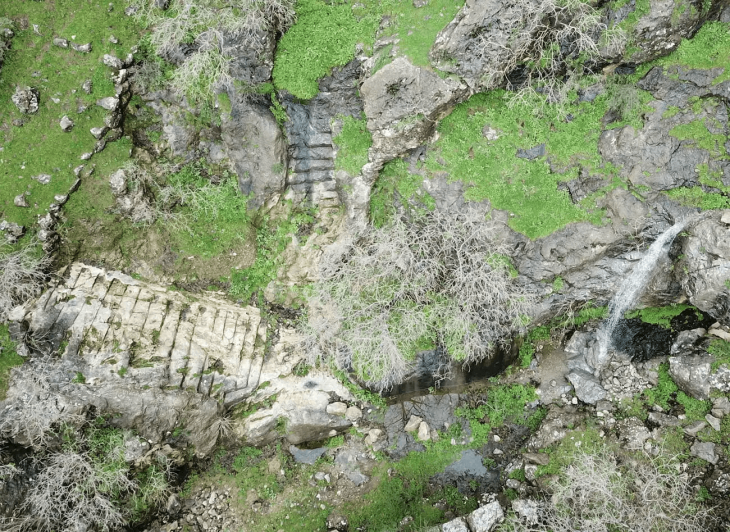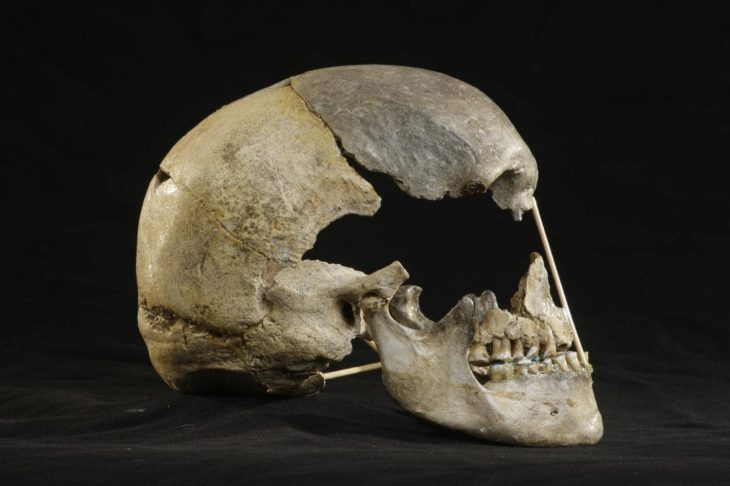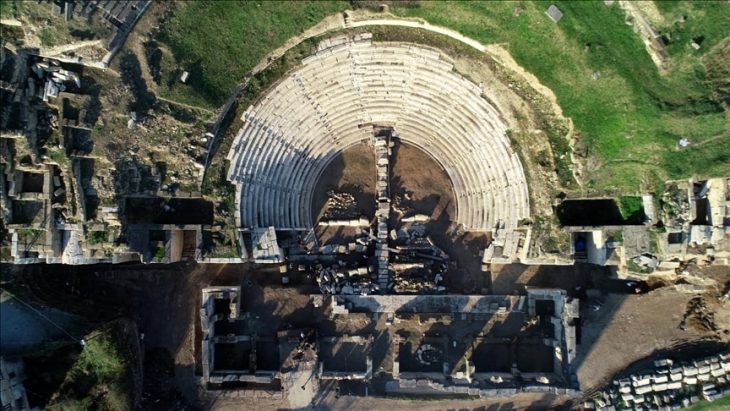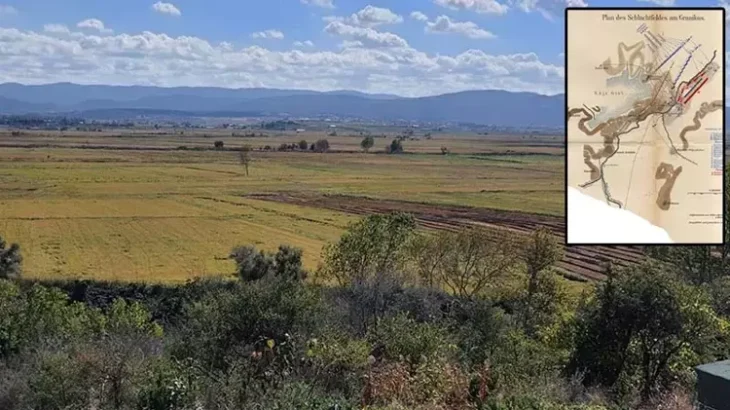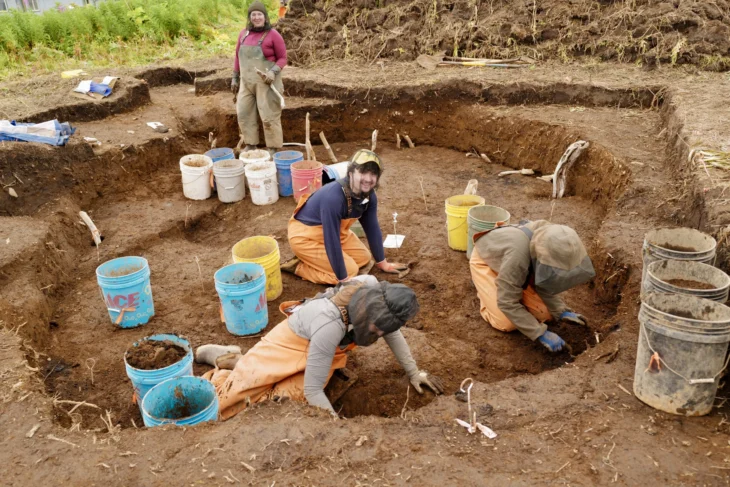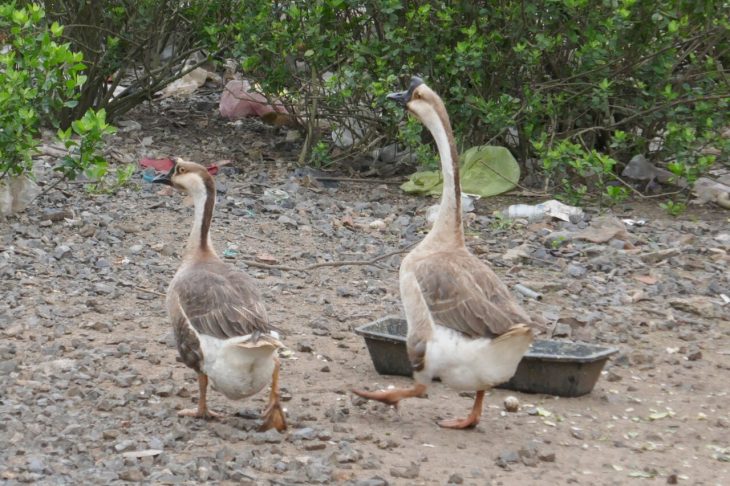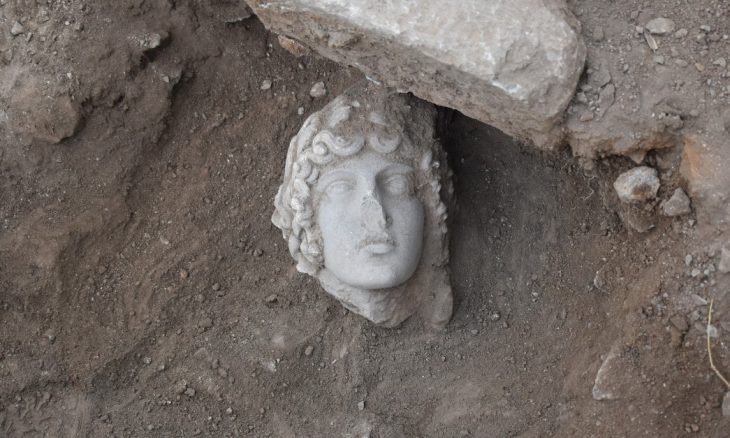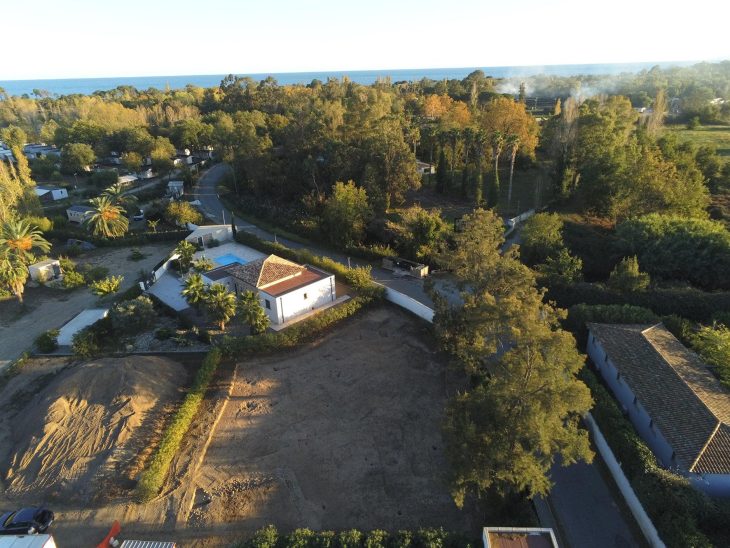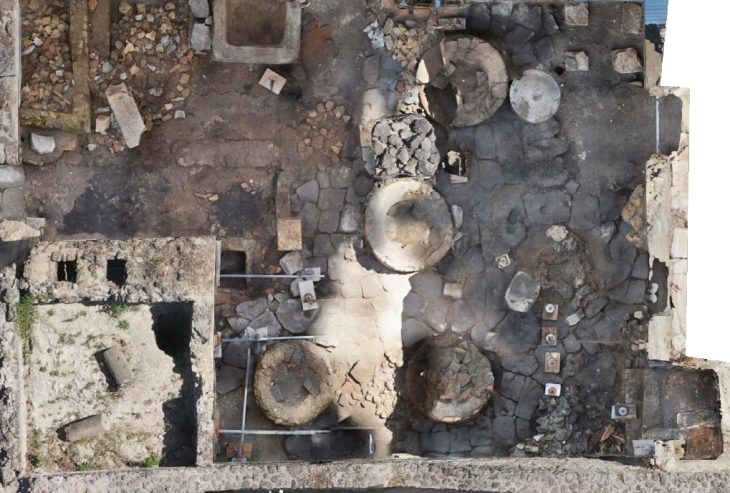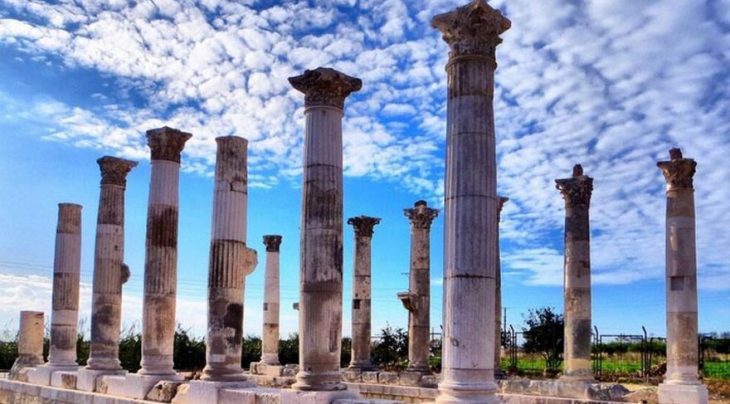A groundbreaking study published in the Journal of Anthropological Archaeology sheds light on the enigmatic burial practices of the Southern Jê people, revealing intricate connections between their burial caves and the monumental mound and enclosure complexes. This research not only explores the spatial and chronological aspects of these burial sites but also delves into their symbolic significance within Southern Jê culture.
The Southern Jê, part of the Jê linguistic family that emerged in central Brazil around 1050 BCE, have a rich history that saw their linguistic branches diverge by 840 CE. Today, the Kaingang and Laklãnõ are the only remaining Southern Jê groups.
Traditionally, the Southern Jê people engaged in hunting, gathering, and agriculture, strongly emphasizing family and clan structures. Their rich oral traditions and mythology reflect their deep connection to nature and the spiritual world. Today, the Kaingang and Laklãnõ continue to preserve their cultural heritage while facing modern challenges related to education, health, and land rights.
The study highlights that the use of burial caves dates back to around 1 CE, where human remains were typically placed within caves rather than buried.
Archaeologist Luiz Phellipe de Lima noted that while many bones were found on the surface, some sites, such as Serra do Veado and Virador I and II, revealed buried individuals dating post-1000 CE.
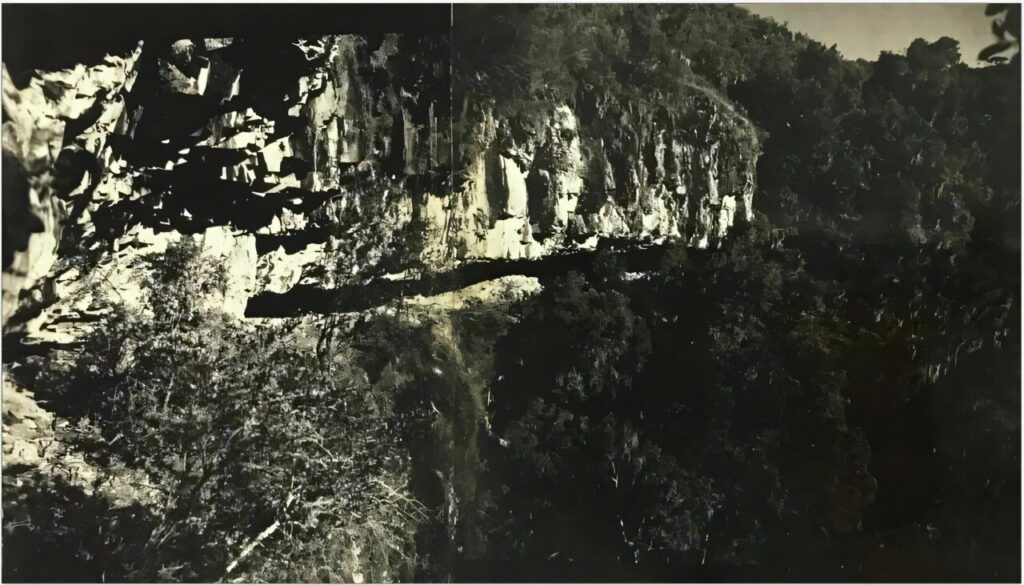
The research also examined two prevailing hypotheses regarding the relationship between burial caves and mound complexes. The hierarchical hypothesis posited that elites were interred in mounds, while lower-status individuals were relegated to caves. Conversely, the chronological hypothesis suggested that mound complexes replaced burial caves after 1000 CE.
To investigate these theories, the researchers conducted radiocarbon dating and GIS analysis, uncovering a significant pattern: 88% of the burial caves were situated near water sources, which hold profound mythological importance for the Southern Jê, symbolizing a connection between the realms of the living and the dead.
This association with water may have facilitated the transition of souls from the earthly realm to the underworld. The study also revealed that burial caves were often concealed in remote locations, contrasting sharply with the visibility of mound complexes, which were typically positioned on hilltops.
Ethnographic evidence suggests that the souls of the deceased could pose a threat to the living, particularly when not properly guided to the underworld. By placing the deceased in hidden caves, the researchers hypothesized that the Southern Jê aimed to mitigate this risk, ensuring that souls in a liminal state would not disrupt the social order of the living.
As this research unfolds, future studies may further illuminate the cultural and mythological dimensions of these burial practices, offering deeper insights into the Southern Jê’s rich heritage.
Luiz Phellipe de Lima et al, A song of earth and water: Burial caves as sacred and animated Southern Jê deathscapes in Brazil, Journal of Anthropological Archaeology. DOI: 10.1016/j.jaa.2024.101646
Cover Image Credit: Kaingang de Ivaí (RS). Vilaine Capellari, 1994. (Socioambiental)

